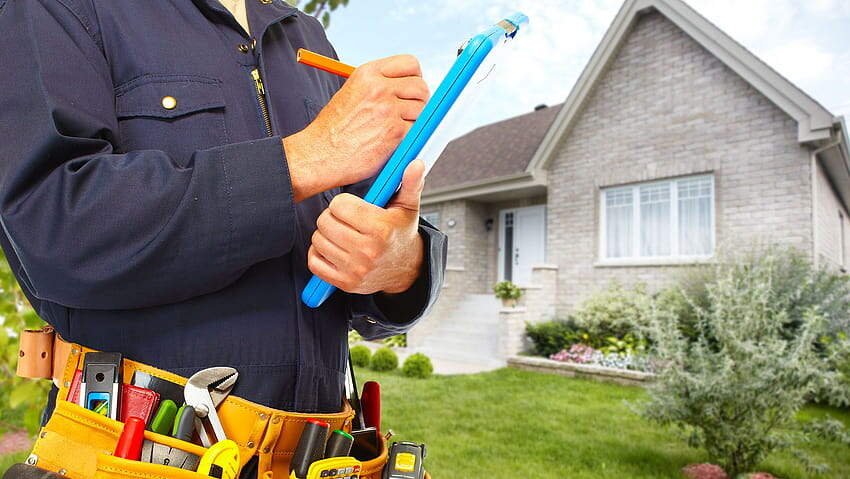Home-improving projects are on the top of many homeowners’ wish lists this year. Unfortunately, not everyone has enough funds to finance these improvements, and many are unaware of other borrowing options available for these projects.
Personal loans are among the most avoided options when floating an improvement project. While it’s true that it has a shorter payback period, much less borrowing power, and doesn’t have tax-deductible interests, they come with many benefits. Check it out here.
Advantages of Personal Loans
The top advantage of personal loans is their convenience. Most personal loan lenders promise easy and fast loan approval, loan processing, and fund disbursal. They usually offer a seamless process that can be completed efficiently over the Internet. That means you may get approved in just a few minutes!
Moreover, you can easily apply personal loan online with little to no documentation. Personal loan lenders usually don’t require the following:
- An excellent credit score;
- High or stable income;
- Home inspections and appraisals; and
- Collateral.
Since personal loans are unsecured, it’s not unusual for the entire loan process to be done within a day. However, for the same reason, many avoid personal loans because not providing collateral heightens the borrowing risk to a lender, which also means the interest rates will be higher.
On a positive note, personal loans being unsecured means you’re not borrowing against the value of your home. In other words, if you can’t repay on time in full for whatever reason, you won’t lose your property or get kicked to the curb like a foreclosure.
It’s also a misconception that personal loans are expensive. Compared to home equity loans or home equity lines of credit (HELOCs), they have fewer and lower origination fees. They also have fixed interest rates, meaning your monthly payment will remain unchanged despite market fluctuations.
Home Loan vs. Personal Loan: Which is Better?
Choosing between home loans and personal loans is among the top concerns of homeowners for their home renovation projects. While both can be used to fund home improvements, there are key differences that you should know.
A home loan is a good option if you need a large sum of funds for your renovation. However, it has eligibility criteria that you need to comply with. and high loan costs can be more expensive if your credit score is lower.
It may also harm your credit report, making it harder for you to take out other loans in the future. Even worse, if you fail to pay it in full on time, lenders can legally seize your property and sell it to recover the debt.
Conversely, a personal loan is recommended if, as stated, you need instant funds. While it offers smaller borrowing amounts than a home loan, its application and loan processing is easy, fast, and can be done anywhere, anytime, making it the go-to solution if you extend over the predetermined budget.
Unlike most traditional home loans, many personal loan lenders don’t have a prejudice against and are very lenient to people with no or low credit scores. Some of them even offer loans that are tailored to one’s financial needs and capabilities. These loans are also easy to manage, making them great for young and new borrowers.
When’s The Right Time to Take Personal Loans for Home Improvement?
First, check if your costs are predictable. As mentioned earlier, budgets for home improvement projects often go off the rails, making it challenging to estimate the right loan amount beforehand.
In other words, you’ll likely be in a cash crunch if you can’t borrow enough funds and personal loan lenders don’t increase loan amounts partway through. You can borrow for more, but that means paying more interest than necessary.
That’s why personal loans are just recommended for short and small home improvement. If you have a bigger renovation project that’ll likely need an unpredictable budget, the flexibility of a secured or unsecured line of credit might help you better.
Lastly, figure out the equity you have in your house. Low equity means a lower possibility of getting a cash-out refinance or a home equity line of credit. In this case, a personal loan may be your best-fit solution.
Most of the time, your equity may likely be low if you reside in a market that hasn’t encountered rapid appreciation or buy the property with a small down payment. To calculate it, subtract the amount you owe on all debt secured by your property from its appraised value.
Final Thoughts
Consider your home renovation’s size and cost, your home’s equity, and a lender’s terms to know whether a personal loan makes financial sense for your project. Note that whether or not it’s the right fit for your next project boils down to comparing a mix of financial benefits and downsides with your situation, not others. If you’re unsure, it always pays to seek professional advice.
Recommended Posts:
















